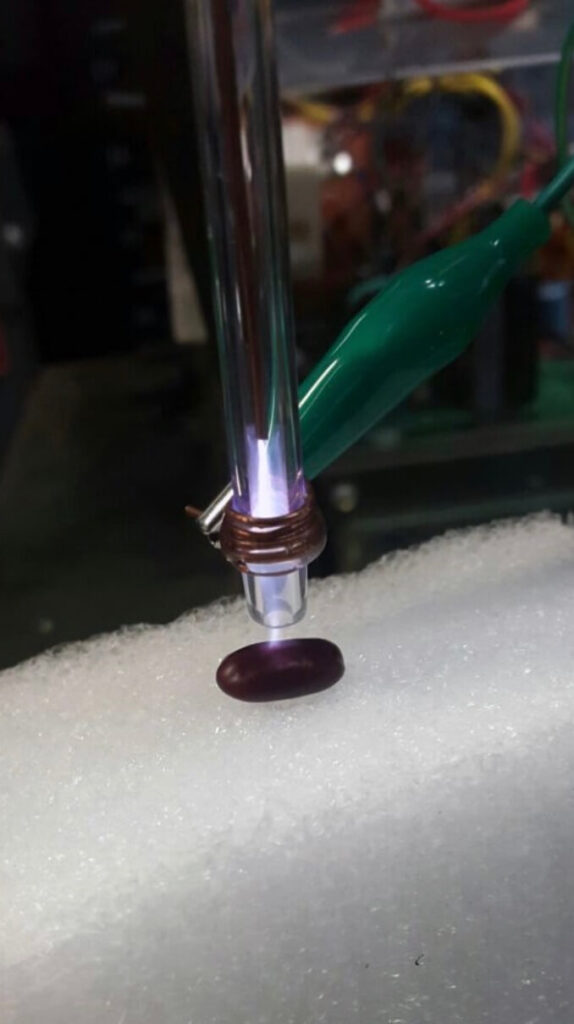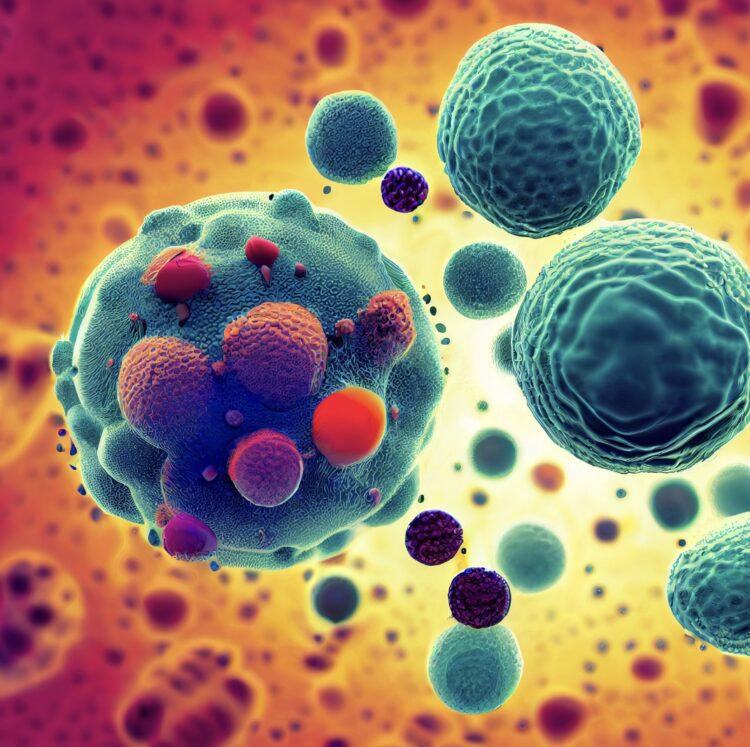Plasma, known as the fourth state of matter, differs from the hot plasma found in the cores of stars, which operates at temperatures above 1000 degrees Celsius. Cold plasma, on the other hand, functions at much lower temperatures and is characterized as a highly energetic gas with atoms that have lost some electrons.
Traditionally, plasma is found in television screens and fluorescent lights, but its application is expanding to various fields. This advancement includes innovative use in agriculture, where it is proving to be particularly beneficial.

In agriculture, treating seeds with cold plasma has shown to enhance plant growth, improve nutrient absorption, and increase resistance to diseases. Furthermore, according to Dr. Tirado Kulieva (2021), the use of cold plasma in agriculture leads to an improvement in the sensory characteristics of food.
Beyond improving productivity, cold plasma helps plants better adapt to changing climate conditions, such as droughts or floods. This is essential to meet the growing food demands of an ever-increasing global population and can be an effective strategy against the challenges of climate change.
The reactive species of cold plasma, when coming into contact with microorganisms, can affect them to the point of neutralization. This reduces the dependence on pesticides and herbicides, thereby decreasing soil and water pollution, benefiting both human health and the long-term health of the ecosystem.

Despite its great potential, it is crucial to interpret the results cautiously and conduct more studies to evaluate its use in combination with other techniques and to understand its limitations. Cold plasma represents an exciting advancement in agriculture, promising more efficient and sustainable production.











